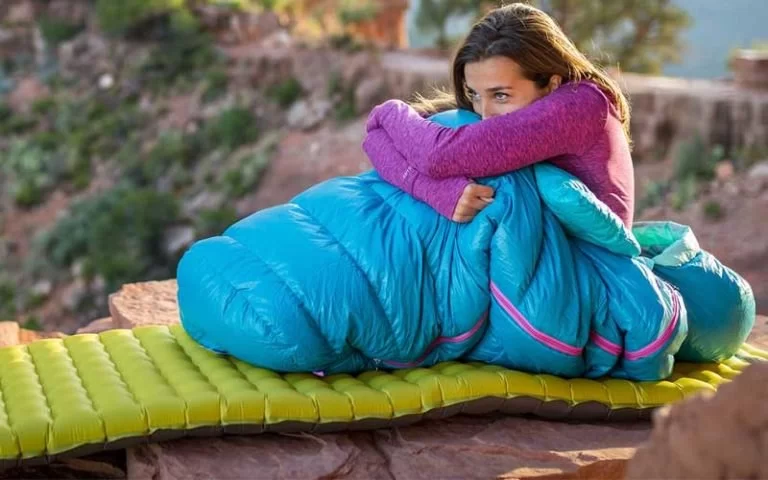- why-side-sleepers-need-special-sleeping-pads
- understanding-insulation-r-value-and-cold-weather-performance
- features-to-look-for-in-a-cold-weather-sleeping-pad
- case-study-testing-sleeping-pads-in-real-cold-weather
- finding-the-perfect-balance-comfort-vs-packability
- get-camping-ready-with-pine-cliff-resort-recommendations
1. Why Side Sleepers Need Special Sleeping Pads
If you're a side sleeper heading out for a chilly adventure, you’ve probably woken up with sore hips—or worse, a frozen core. The challenge lies in pressure distribution. When you sleep on your side, more body weight presses down on a smaller surface area, making inadequate cushioning a recipe for discomfort and cold seepage.
Unlike back sleepers who distribute weight evenly, side sleepers need extra support for their hips and shoulders. A good sleeping pad specifically designed for side sleepers not only improves comfort but also ensures consistent insulation, especially crucial in cold weather.
2. Understanding Insulation, R-Value, and Cold Weather Performance
One of the most critical aspects when choosing the right sleeping pad for side sleepers in cold weather is the R-value. This value indicates the pad's thermal resistance—simply put, how well it blocks the cold from the ground.
For cold-weather camping (below freezing), experts recommend a pad with an R-value of at least 4.0. If you're venturing into extreme conditions, 5.5 or higher is ideal. Don’t overlook this. A plush sleeping pad without insulation might feel great at first, but you’ll pay for it at 3 a.m. when the cold seeps in.
3. Features to Look for in a Cold Weather Sleeping Pad
Beyond R-value, look for these features to ensure both warmth and comfort:
Thickness & Construction: A pad at least 2.5–3 inches thick provides the cushion side sleepers need to avoid pressure-point pain. Some air pads use horizontal baffles, others use vertical—side sleepers often find horizontal baffles more stable.
Insulation Type: Closed-cell foam, synthetic fill, or even down insulation inside air pads help trap heat. Some pads combine foam and air chambers for optimal performance.
Surface Texture: A grippy surface can prevent sliding off in the night—especially helpful if you toss and turn on uneven terrain.
4. Case Study: Testing Sleeping Pads in Real Cold Weather
In November last year, a group of campers at Pine Cliff Resort’s wilderness trail area tested several sleeping pads rated for side sleepers in sub-zero temperatures. They tested three models side-by-side over a 3-night stay.
The clear favorite? A hybrid inflatable-insulated pad with a 5.7 R-value and a 3.25-inch thickness. One camper, a lifelong side sleeper, shared how for the first time he “didn’t wake up feeling like his hip bone was frozen to the ground.” It shows how choosing the right pad isn’t a luxury—it’s survival and sanity rolled into one.
5. Finding the Perfect Balance: Comfort vs. Packability
Side sleepers often face a dilemma: do you carry a thicker pad for more comfort, or go ultralight and sacrifice sleep quality? The answer lies in knowing your priorities. For fall or winter camping, comfort should take precedence. A night of tossing and turning from cold or hip pain can ruin the next day on the trail.
That said, modern pads strike a great balance. Many inflatable sleeping pads now pack down to the size of a Nalgene bottle but still deliver excellent warmth and side-sleeper support. Always test your gear at home or in a controlled setting before you head deep into the wilderness.
6. Get Camping Ready with Pine Cliff Resort Recommendations
Not sure where to begin your gear search? At Pine Cliff Resort, our team regularly helps guests find the right equipment tailored to their camping style. Whether you're prepping for fall foliage hikes or bracing for snowy ridgelines, we can help you find sleeping pads that suit both your sleeping position and weather conditions.
Our staff includes seasoned side sleepers who’ve tested pads on-site through every season. Come by, share your needs, and we’ll connect you with gear that ensures a cozy night under the stars—even when the temperatures drop.







